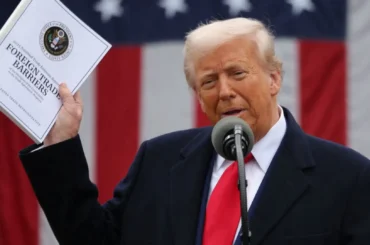Introduction
The S-400 air defence system is one of the most advanced surface-to-air missile systems in the world. Developed by Russia, it has revolutionized ballistic missile defence and stealth aircraft detection, ensuring unparalleled protection against aerial threats. With countries like India acquiring the S-400 missile system, its geopolitical impact is undeniable. But what makes it so powerful? Let’s break it down!
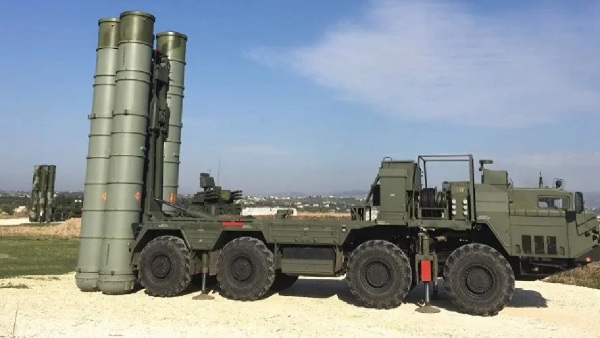
History & Development of the S-400 Missile System
Russia developed the S-400 air defence system as an upgrade to the S-300 missile system, enhancing its range, precision, and ability to counter threats. The system was officially introduced in 2007, and since then, it has been deployed across various nations, including India, China, and Turkey. Its ability to track 300 targets simultaneously makes it one of the best air defence systems in the world.
Technical Capabilities of the S-400 Air Defence System
The S-400 missile launchers come equipped with cutting-edge technology, offering multi-layered protection against various threats.
🔍 Key Features:
- Detection & Tracking: The system can detect stealth aircraft, drones, and ballistic missiles up to 600 km away.
- Missile Range & Speed: The S-400 missile speed can exceed Mach 14, allowing it to intercept threats within 400 km.
- Multi-layered Defence: Can engage fighter jets, cruise missiles, UAVs, and hypersonic weapons.
- Mobility & Deployment: Easily transportable, allowing for rapid deployment in military defence systems worldwide.
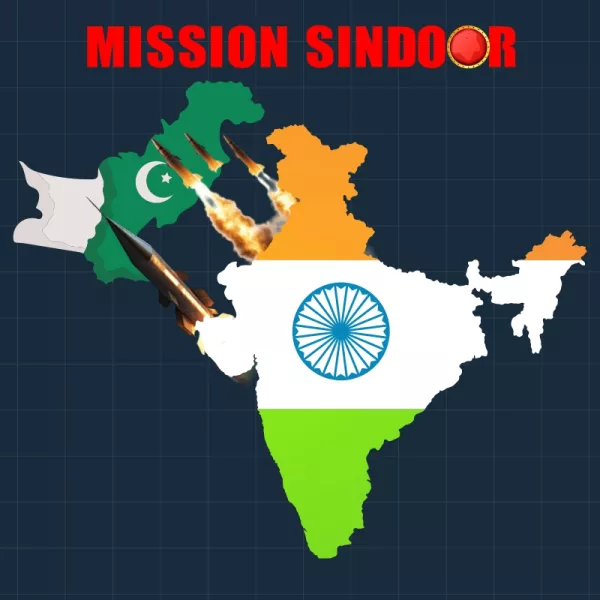
India’s Acquisition & Strategic Deployment
India finalized its S-400 purchase agreement with Russia in 2018, securing five units to strengthen its military defence system. Key deployment sites include:
- Siliguri Corridor (to counter threats from China)
- Western Borders (for defense against Pakistan)
- Eastern Command (enhancing long-range air defence capabilities)
The integration of the S-400 missile system with India’s Rafale jets and indigenous missile programs has positioned the country among the top air defence nations in the world.
S-400 vs Other Air Defence Systems
The S-400 missile system is often compared to other leading air defence technologies. Here’s how it stacks up:
| System | Country | Max Range | Stealth Aircraft Detection |
|---|---|---|---|
| S-400 | Russia | 400 km | Yes (Advanced Radar) |
| Patriot | USA | 160 km | Limited |
| HQ-9 | China | 200 km | Moderate |
| THAAD | USA | 200 km | High |
The S-400 vs Patriot missile system debate often highlights the superior range, adaptability, and defence layers of Russia’s system, making it a preferred choice among buyers.
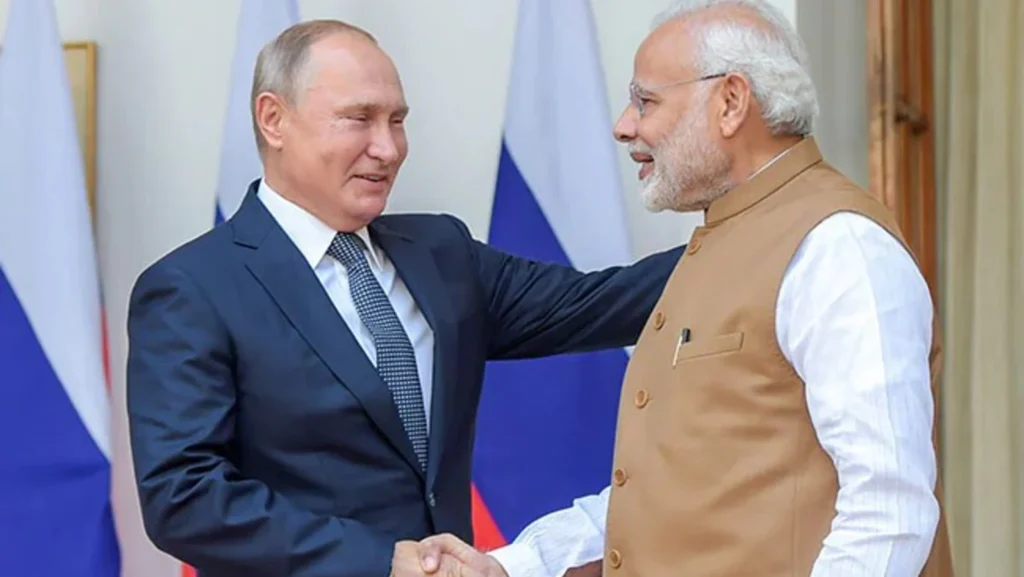
Geopolitical Impact of the S-400 Air Defence System
With its widespread adoption, the S-400 air defence system has shifted global military balance.
- US sanctions on buyers: Countries purchasing the S-400 missile system risk economic penalties under CAATSA sanctions.
- Russia’s defence exports: Strengthening military alliances with India, China, and Turkey.
- Strategic influence: Enhanced national security, reinforcing ballistic missile defence capabilities.
Conclusion: Future of Air Defence Systems
The S-400 air defence system remains one of the best air defence systems in the world, offering next-generation protection against aerial threats. As drone and hypersonic missile warfare evolve, nations will continue investing in advanced air defence technology to maintain military superiority.
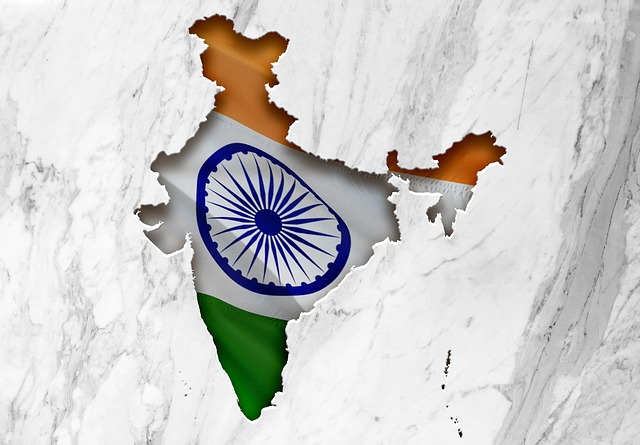
Useful links
The Economic times
Jagran Josh
India TV news
Before you go Know more
CLICK HERE- Aakraman drills
CLICK HERE- Rising tensions India VS Pakistan






